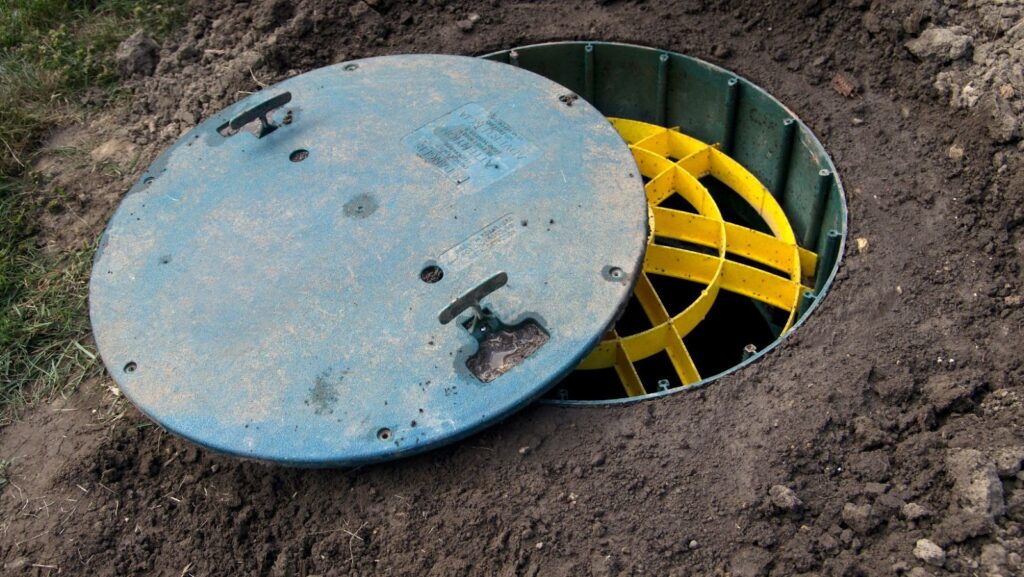
A septic tank is a key component of a home sewage system. It is a large, watertight container that receives and stores all the wastewater from your home. The septic tank allows the solid waste to settle to the bottom, while the liquids flow out into a leach field for further treatment.
How to build a septic tank
There are many different ways to build a septic tank. The most common method is to pour concrete into forms to create the walls and floor of the tank. Other methods include using precast concrete, fiberglass, or polyethylene. Whichever method you choose, it is important that the tank is watertight so that sewage does not leak out.
The size of your septic tank will depend on the number of bedrooms in your home and the soil conditions in your leach field. A typical tank ranges from 1000 to 1500 gallons. Once the septic tank is built, it must be properly installed. This includes digging a hole for the tank that is large enough to accommodate the tank and leaving enough space around it for maintenance. The tank must also be level so that the sewage can flow properly.
Signs that your septic tank needs to be serviced
There are a few signs that indicate that your septic tank needs to be serviced. If you notice any of the following, it is time to call a professional:
- Bad smells coming from your drains or leach field
- Water pooling around your leach field
- Slow drains or toilets
- Gurgling sounds
Maintaining a septic tank
Maintaining a septic tank is not difficult, but there are some important things to keep in mind. First, the tank should be pumped out every two to three years to remove the solid waste that has accumulated. Second, it is important to keep an eye on the leach field and make sure that it is not becoming overloaded. If it is, you may need to have it cleaned out or even replaced.
Third, you should avoid using chemicals that can damage the beneficial bacteria in the septic tank. These include bleach, disinfectants, and drain cleaners. Finally, you should never flush anything other than human waste and toilet paper down the toilet. This includes diapers, sanitary napkins, and condoms.
How much does it cost to install or service a septic tank system
The cost of installing or servicing a septic tank system depends on a number of factors, including the size and type of system, the soil conditions, and the labor costs. A typical septic tank system can cost anywhere from $1000 to $5000.
Septic tanks are not bad for the environment. In fact, they are actually quite beneficial. Septic tanks help to treat wastewater before it is released into the environment. This reduces the amount of pollution and makes the water safer for plants and animals. Septic tank systems are safe when they are properly maintained. The tank itself is designed to be watertight, so there is no risk of sewage leaking out. Additionally, the solid waste is removed from the tank on a regular basis, so it does not pose a health hazard.












